The Internet of Things (IoT) stands as a transformative force, revolutionizing business operations on a global scale.
Did you know that by 2025, the number of IoT-connected devices is expected to exceed 75 billion worldwide? This staggering statistic underscores the immense influence of IoT, which has transitioned from a futuristic concept to a present-day reality, dynamically altering the course of various industries and reshaping traditional business models.
But what does this mean for the future of business operations? This article delves deep into the profound impact of IoT, exploring its diverse applications, navigating through its challenges, and unveiling the potential it holds for the future of businesses.
1. Understanding IoT and Its Business Implications
IoT refers to a network of physical objects embedded with sensors, software, and other technologies, all interconnected and exchanging data with other devices and systems over the internet.
This technology has evolved from a novel idea to a business imperative, offering unprecedented opportunities for efficiency, innovation, and growth.
IoT's influence extends across various sectors, from manufacturing to retail, logistics to healthcare.
It's not just about connecting devices; it's about harnessing data to drive smarter decisions, optimize processes, and create new value for businesses and customers alike.
2. IoT in Action: Real-World Business Applications
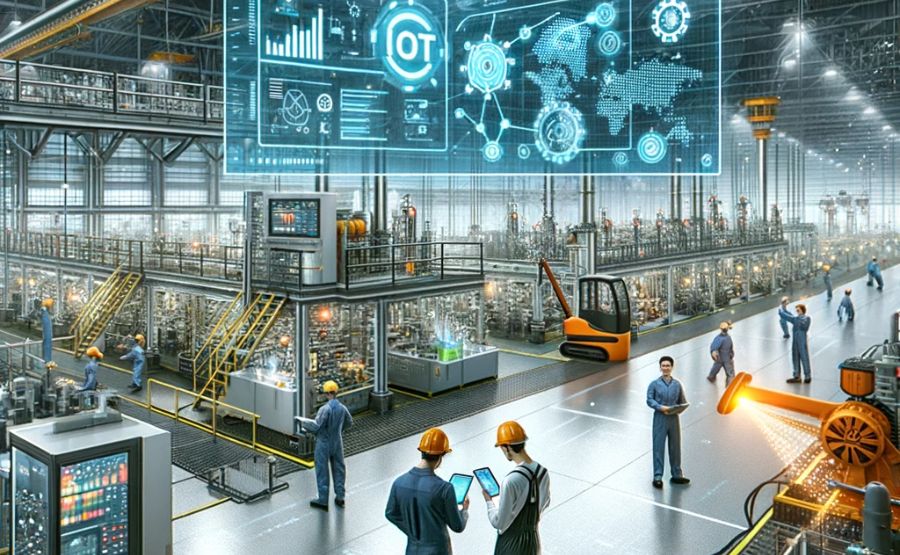
The practical applications of IoT are as diverse as they are transformative. In manufacturing, IoT devices monitor equipment health, predict maintenance needs, and streamline production processes.
For instance, a leading automobile manufacturer, such as Toyota, implemented IoT sensors in its assembly line. This integration led to a reduction in downtime by 20% and a significant increase in overall efficiency, showcasing the practical benefits of IoT in industrial settings.
In the retail sector, IoT enhances customer experiences and improves inventory management.
Smart shelves equipped with weight sensors can track inventory in real time, while IoT-enabled beacons offer personalized promotions to shoppers as they navigate through stores.
Logistics companies leverage IoT for better supply chain visibility and efficiency. GPS and RFID technologies enable real-time tracking of goods, significantly reducing the chances of misplacement and delays.
3. The Impact of IoT on Data Management and Analysis
Monumental Contribution to Big Data:- IoT devices generate a vast amount of data.
- This data provides invaluable insights into:
- Customer behavior.
- Operational efficiency.
- Market trends.
Example of Application in Manufacturing:
- IoT data is used for predictive maintenance.
- Machine learning algorithms analyze sensor data.
- This analysis helps predict equipment failures before they occur.
Challenges Accompanying IoT Data:
- The primary challenges are security and privacy.
- Businesses face the task of:
- Implementing robust security measures.
- Ensuring compliance with data privacy regulations.
4. IoT and Customer Experience
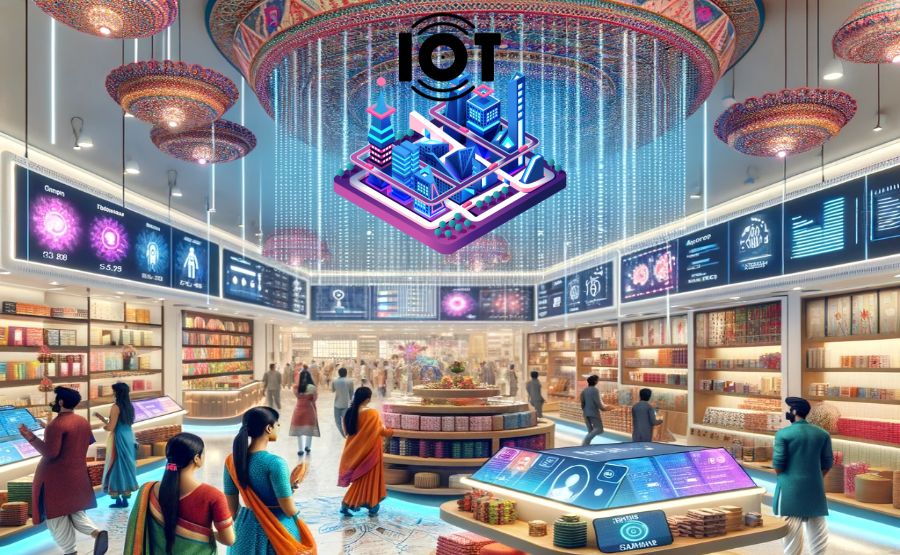
IoT has a profound impact on customer experience. By analyzing data from IoT devices, businesses can offer personalized experiences, anticipate customer needs, and respond in real-time.
For instance, smart home devices like thermostats learn user preferences and adjust settings automatically, enhancing comfort and convenience.
5. Challenges and Considerations in Adopting IoT
Integration Complexity:
- Integrating IoT with existing systems poses challenges.
- Requires careful planning and execution.
Scalability:
- A crucial factor for businesses planning to grow.
- Ensuring IoT solutions can scale with the business is essential.
Security Concerns:
- IoT devices are often targets for cyberattacks.
- Implementing robust security measures is vital.
Cost-Benefit Analysis:
- Initial investment in IoT can be substantial.
- Businesses need to weigh costs against potential long-term benefits:
- Increased efficiency.
- Improved productivity.
- Enhanced customer satisfaction.
Justifying the Expense:
- Despite high upfront costs, the long-term gains often validate the investment in IoT technology.
6. The Future of IoT in Business
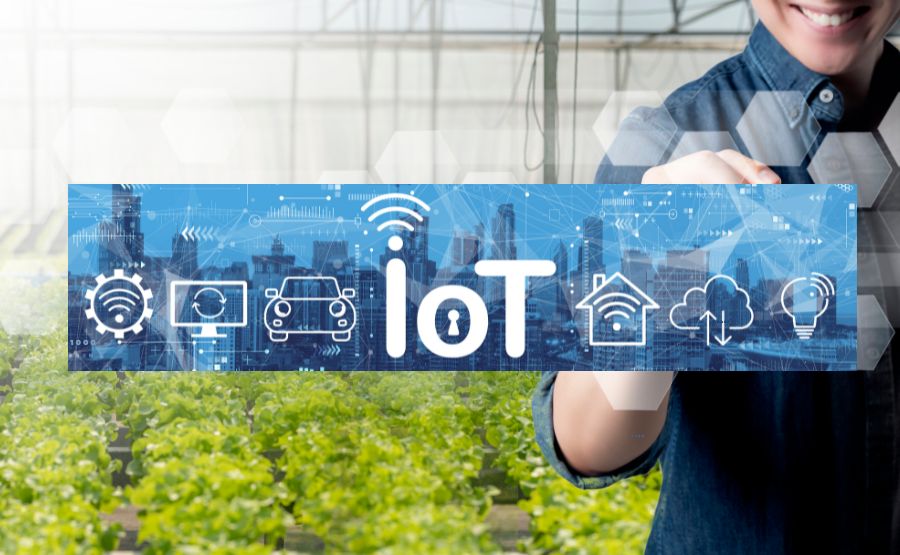
The future of IoT in business is not just bright; it's teeming with innovative possibilities. One of the most exciting emerging trends is the integration of IoT with Artificial Intelligence (AI) and Machine Learning (ML).
For example, Amazon's use of AI and IoT in its warehouses has revolutionized inventory management and logistics, leading to more sophisticated data analysis and improved decision-making capabilities.
Another example is in the healthcare sector, where companies like Medtronic are integrating IoT with AI to enhance patient monitoring devices. These advancements allow for real-time data analysis, significantly improving patient care and treatment outcomes.
Additionally, the agricultural sector is poised for a transformation with IoT inventions like sensor-driven crop management systems, which could provide real-time data on soil health, moisture levels, and pest activity.
This technology would enable farmers to make precise decisions, leading to increased crop yields and sustainable farming practices.
As IoT technology continues to evolve, these futuristic inventions are not just possibilities but imminent realities. Businesses that are agile and ready to embrace these changes will not only thrive but also lead the way in their respective industries.
The rise of IoT marks a significant milestone in the journey of digital transformation. Its impact on business operations is profound, offering opportunities for innovation, efficiency, and growth.
As we move forward, the integration of IoT into business strategies will not just be an option but a necessity for those seeking to thrive in an increasingly connected and data-driven world. The era of IoT is here, and it's time for businesses to harness its potential and redefine their future.




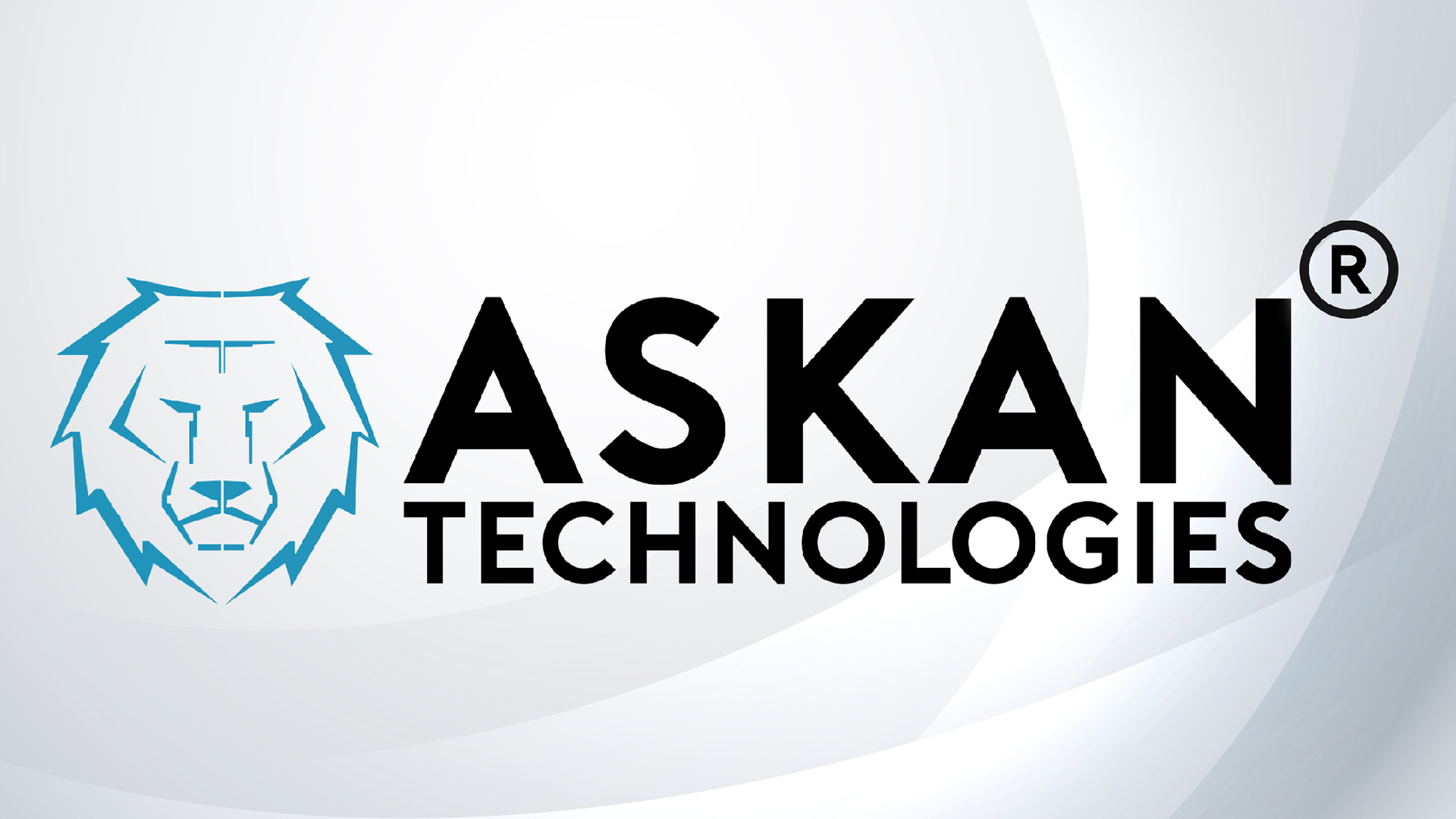




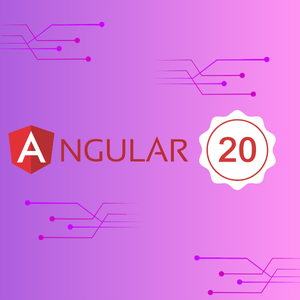
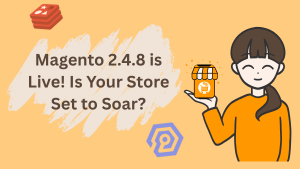
The Rise of IoT: Transforming Everyday Business Operations
The Internet of Things (IoT) stands as a transformative force, revolutionizing business operations on a...
Share this link via
Or copy link